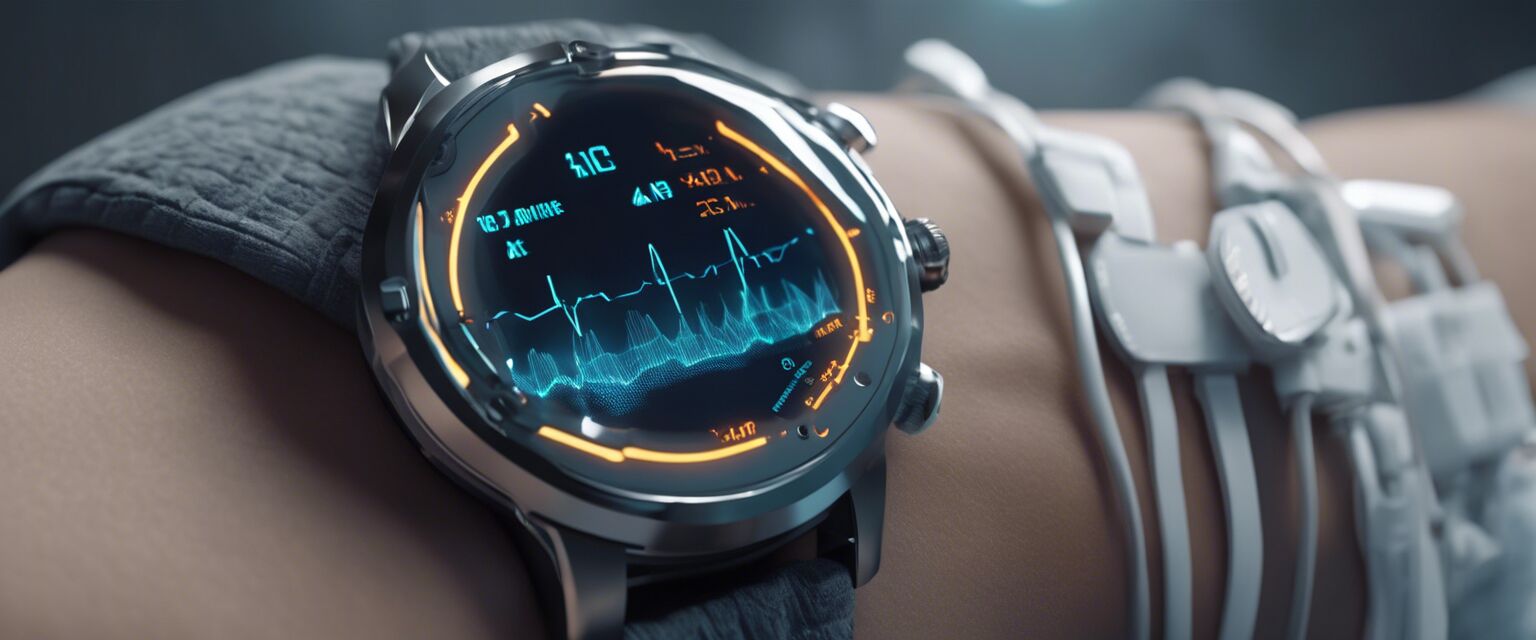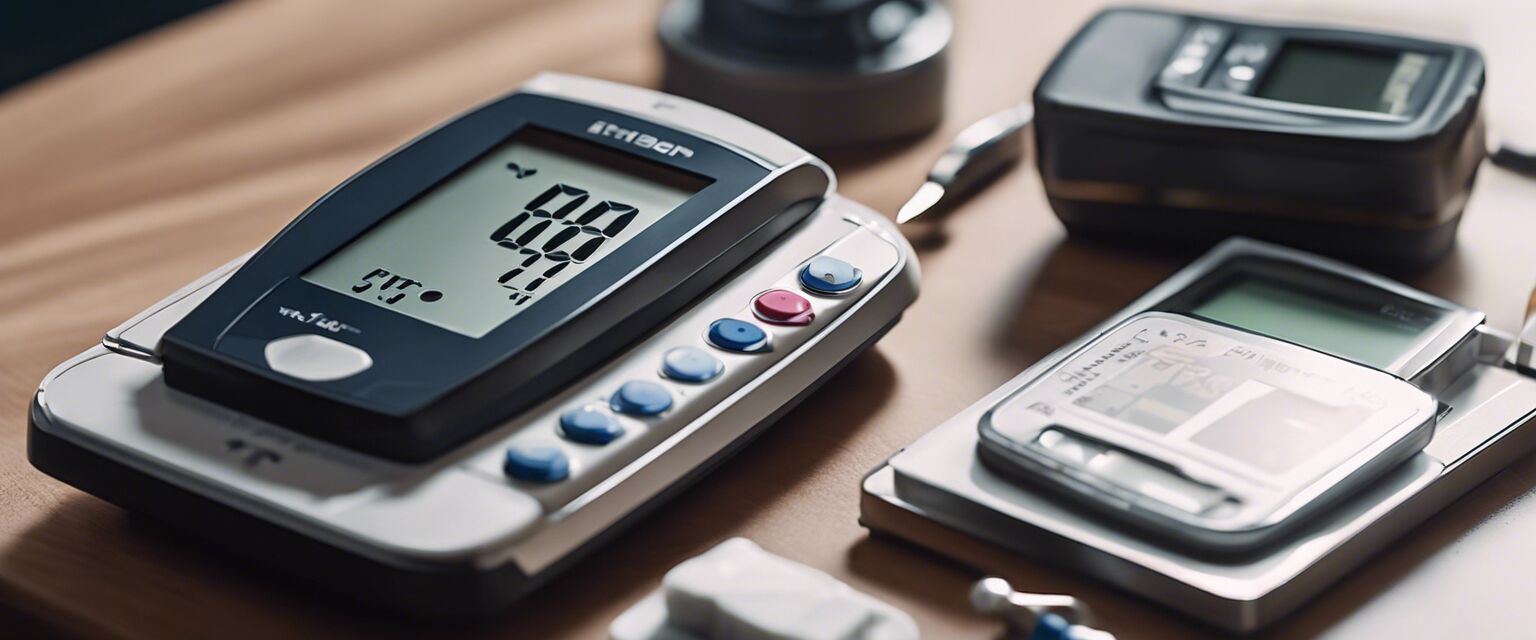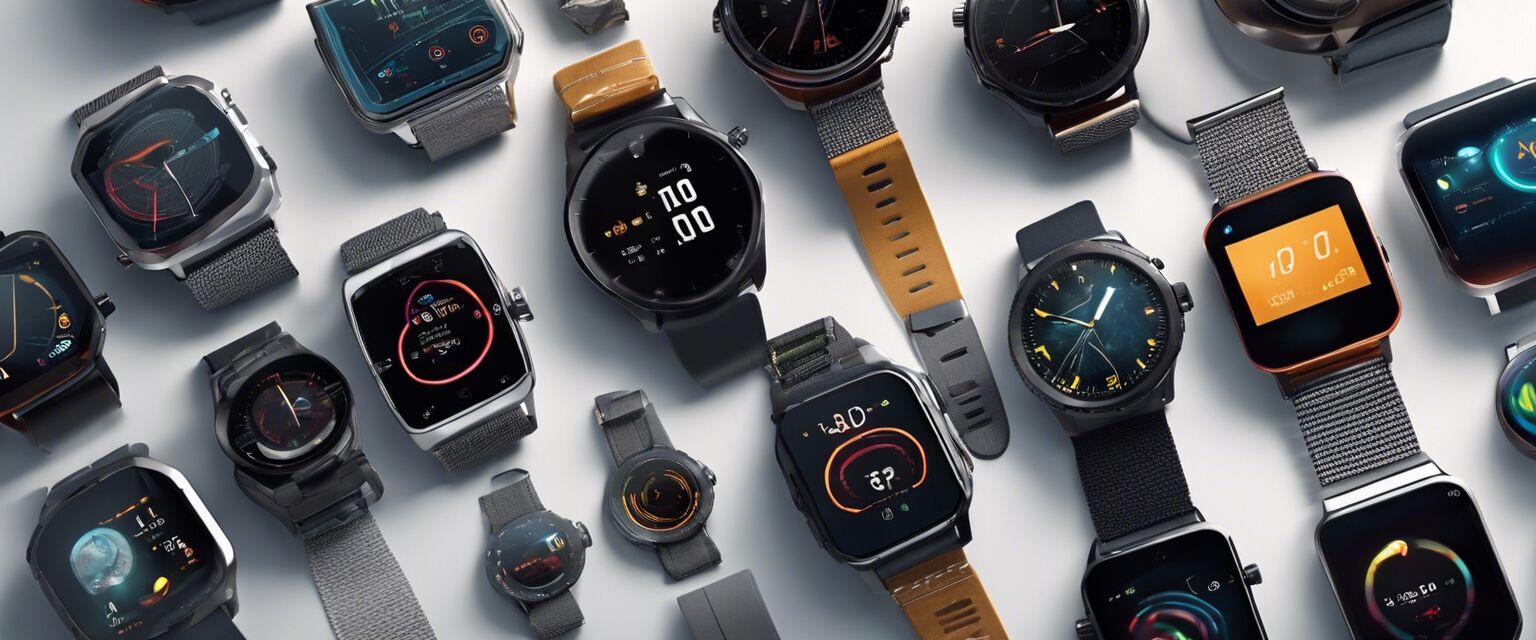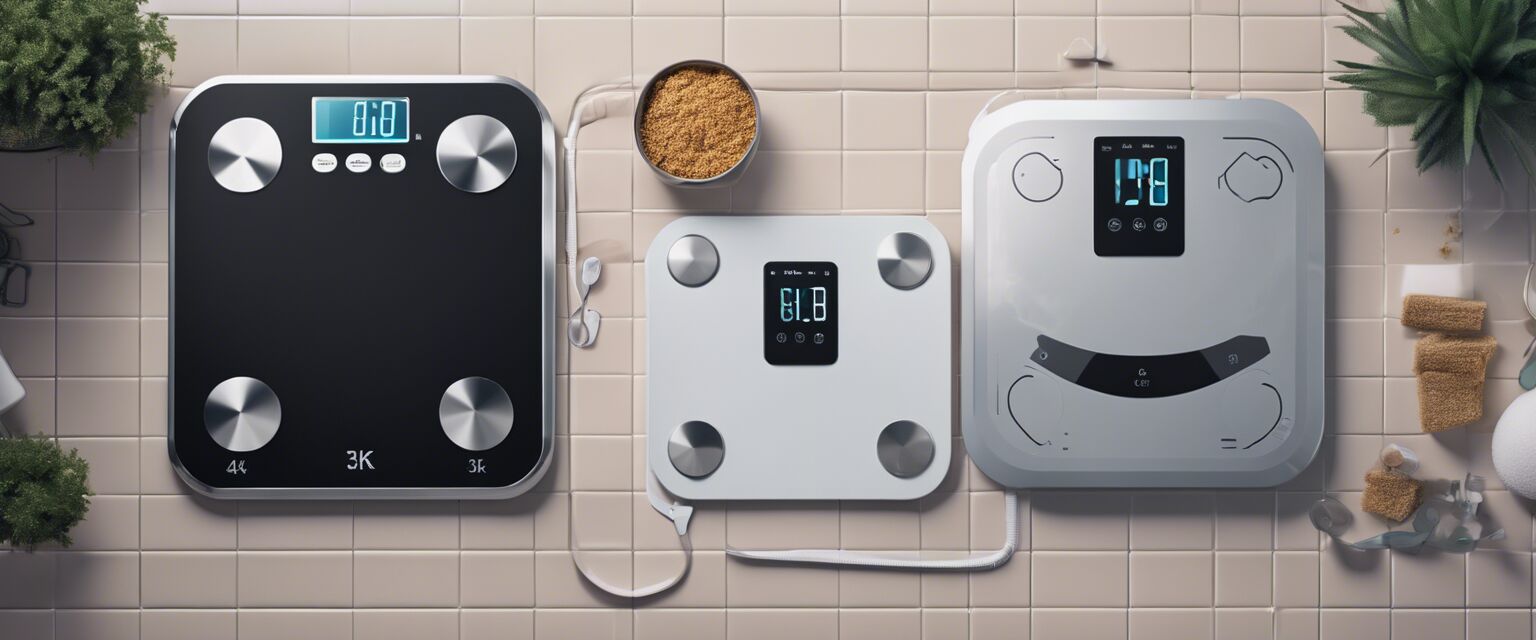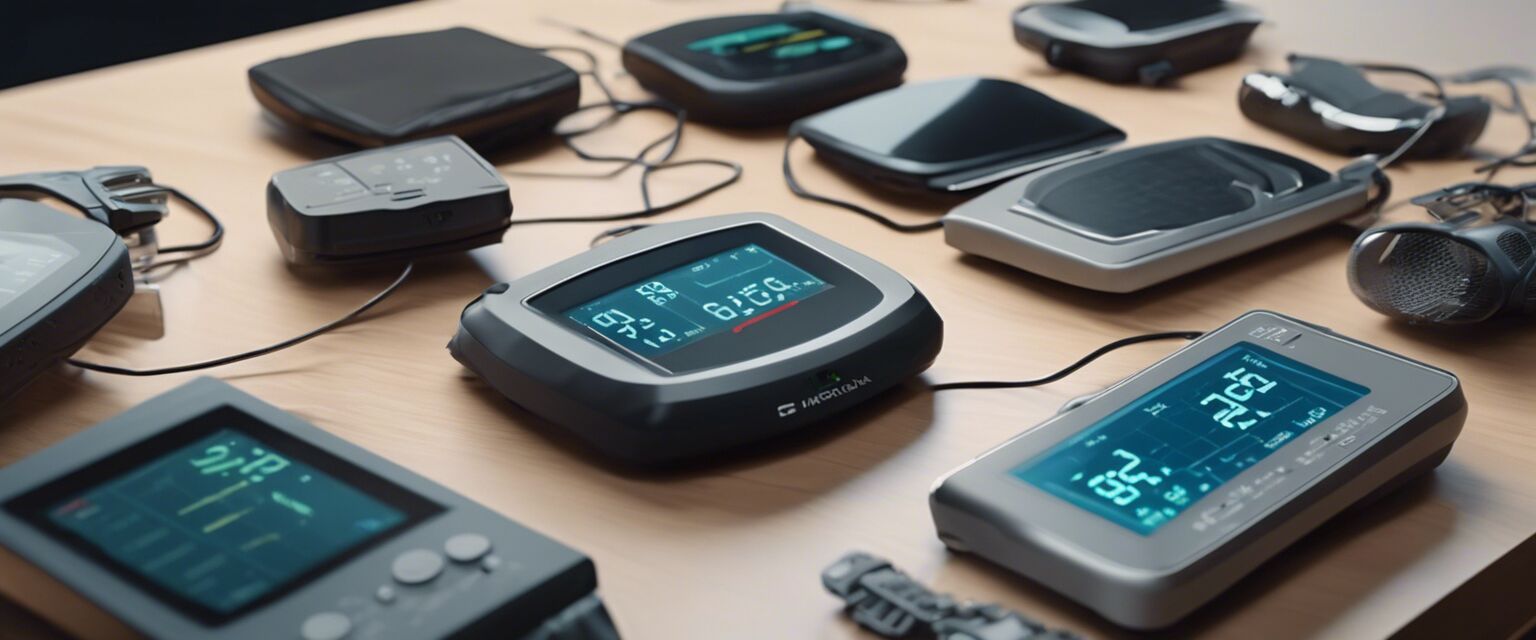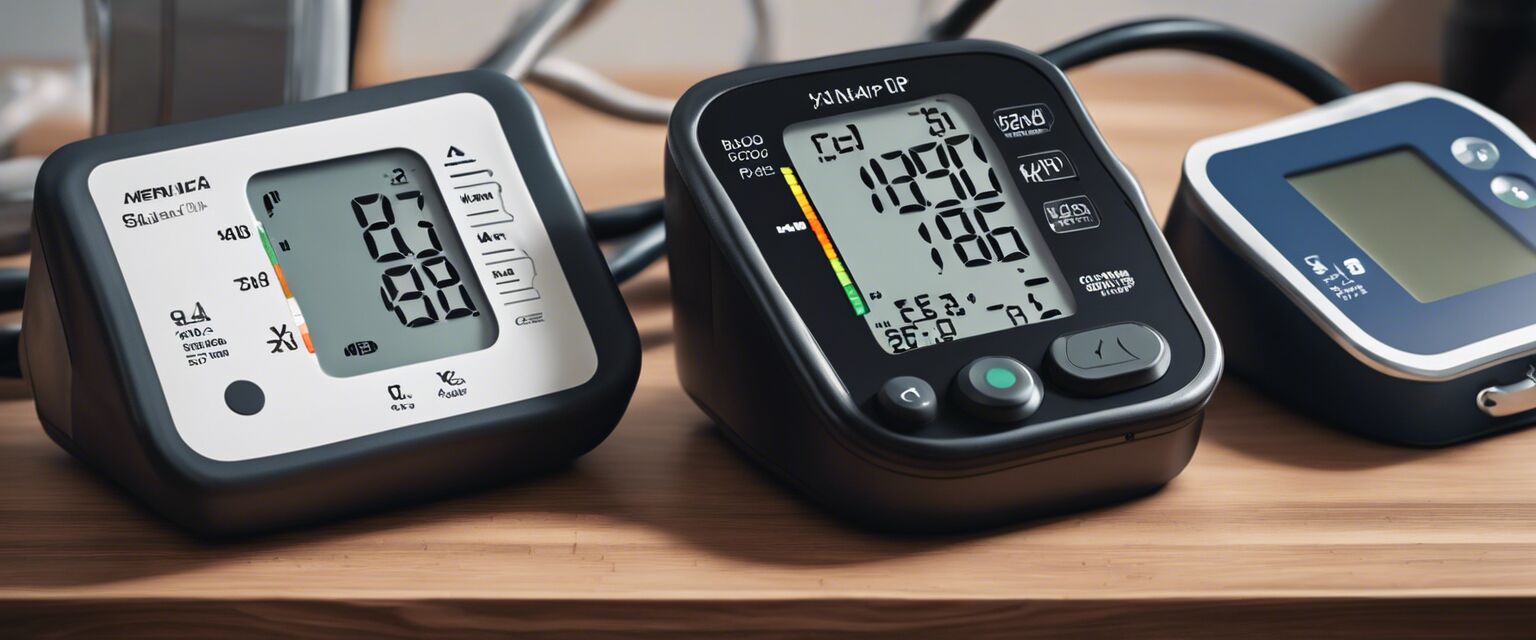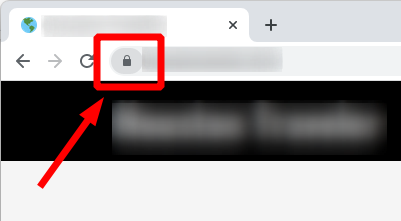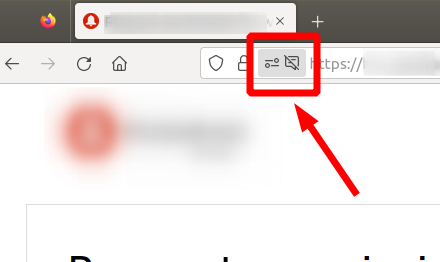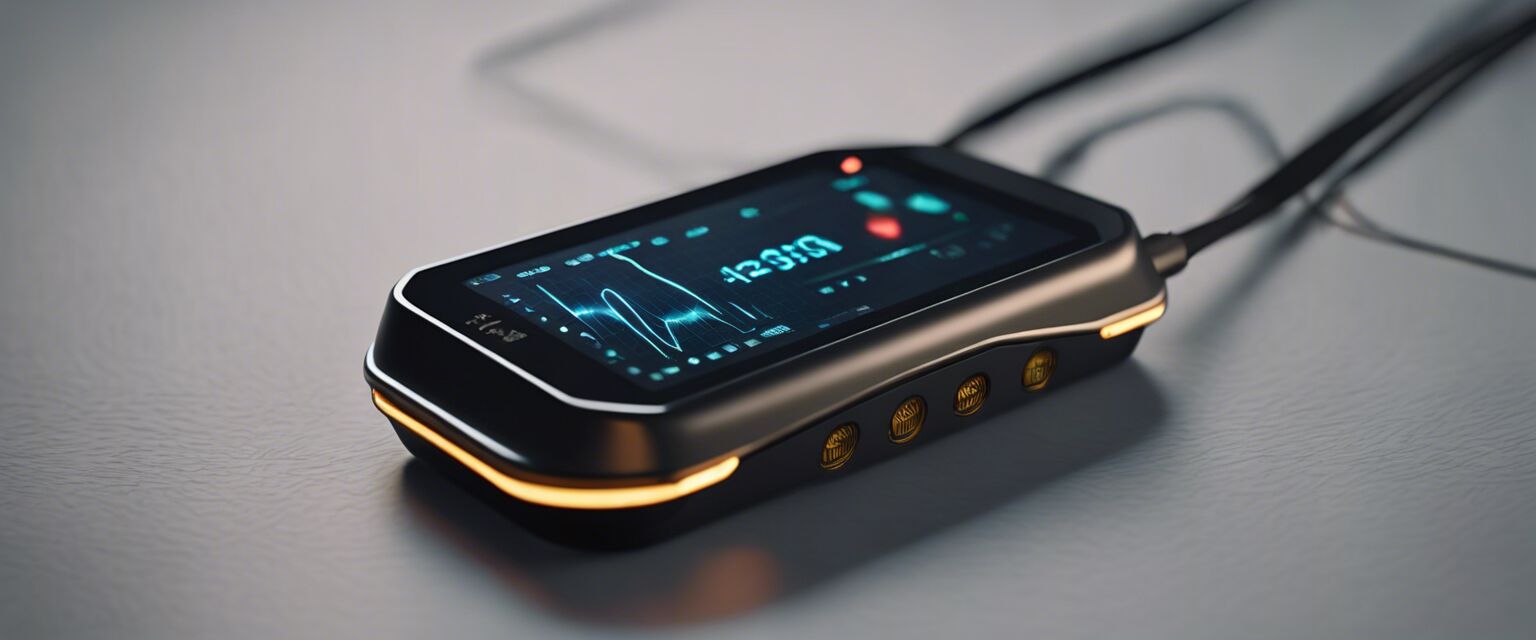
Wearable ECG Monitors
Key Takeaways
- Wearable ECG monitors provide real-time heart health insights.
- These devices are user-friendly and can be worn comfortably.
- Data collected can assist in early detection of heart issues.
- Many devices offer additional features like fitness tracking.
- Regular monitoring can contribute to overall wellness.
Wearable ECG monitors are becoming increasingly popular as people seek ways to monitor their heart health conveniently. These devices offer a range of features that can help users stay informed about their cardiovascular condition. In this article, we will explore the benefits, features, and important considerations when choosing a wearable ECG monitor.
What is a wearable ECG monitor?
A wearable ECG monitor is a device that continuously tracks the electrical activity of the heart. Unlike traditional ECG machines found in hospitals, wearable devices are designed for everyday use, allowing users to monitor their heart health in real-time.
Benefits of wearable ECG monitors
- Real-time monitoring of heart activity
- Data collection for health insights
- Portability and ease of use
- Integration with other health apps and devices
- Assistance in managing chronic conditions
How do they work?
Wearable ECG monitors typically use electrodes to detect the electrical signals generated by the heart. These signals are then translated into data, which can be analyzed by the user through a connected app or device.

Comparison of popular wearable ECG monitors
| Device | Battery Life | Features | Price Range |
|---|---|---|---|
| Device A | Up to 7 days | ECG, Heart Rate, Sleep Tracking | $80 - $120 |
| Device B | Up to 10 days | ECG, Fitness Tracking, Notifications | $100 - $150 |
| Device C | Up to 5 days | ECG, Heart Rate, Stress Monitoring | $90 - $130 |
Key features to consider
When selecting a wearable ECG monitor, several features should be considered:
- Accuracy: Look for devices that provide precise readings.
- Comfort: Ensure the device is comfortable for long-term wear.
- Compatibility: Check if it works with your smartphone or other health apps.
- Battery life: Choose a monitor that can last without frequent recharging.
- Data analysis: Some devices offer detailed reports and insights.
How to use a wearable ECG monitor
Using a wearable ECG monitor is typically straightforward:
- Charge the device fully before use.
- Wear it according to the manufacturer's instructions.
- Sync it with your mobile app to track your data.
- Regularly check your readings and trends.
- Consult with a healthcare professional if you notice any irregularities.
Tips for beginners
Beginners Section
- Start with the basic features; you can explore advanced options later.
- Set reminders for consistent monitoring.
- Keep the device charged to ensure uninterrupted monitoring.
- Record your findings to discuss with your doctor during check-ups.
- Join online communities for support and tips.

Pros and cons of wearable ECG monitors
Pros
- Convenient for daily use
- Encourages proactive health management
- Can help identify potential heart issues early
- Integration with other health monitoring devices
Cons
- May not be as accurate as professional medical devices
- Can be costly depending on features
- Requires regular charging and maintenance
- Data privacy concerns with app connectivity
Conclusion
Wearable ECG monitors provide a practical solution for individuals looking to keep track of their heart health. With various options available, it is essential to choose a device that suits your lifestyle and health monitoring needs. By understanding the features, benefits, and limitations, you can make an informed decision about integrating a wearable ECG monitor into your daily routine.
Further reading
For more insights on health monitoring devices, consider exploring our other categories:
- Blood Pressure Monitors
- Body Composition Scales
- Fitness Trackers
- Glucose Monitors
- Pulse Oximeters
- Smartwatches
- Thermometers
